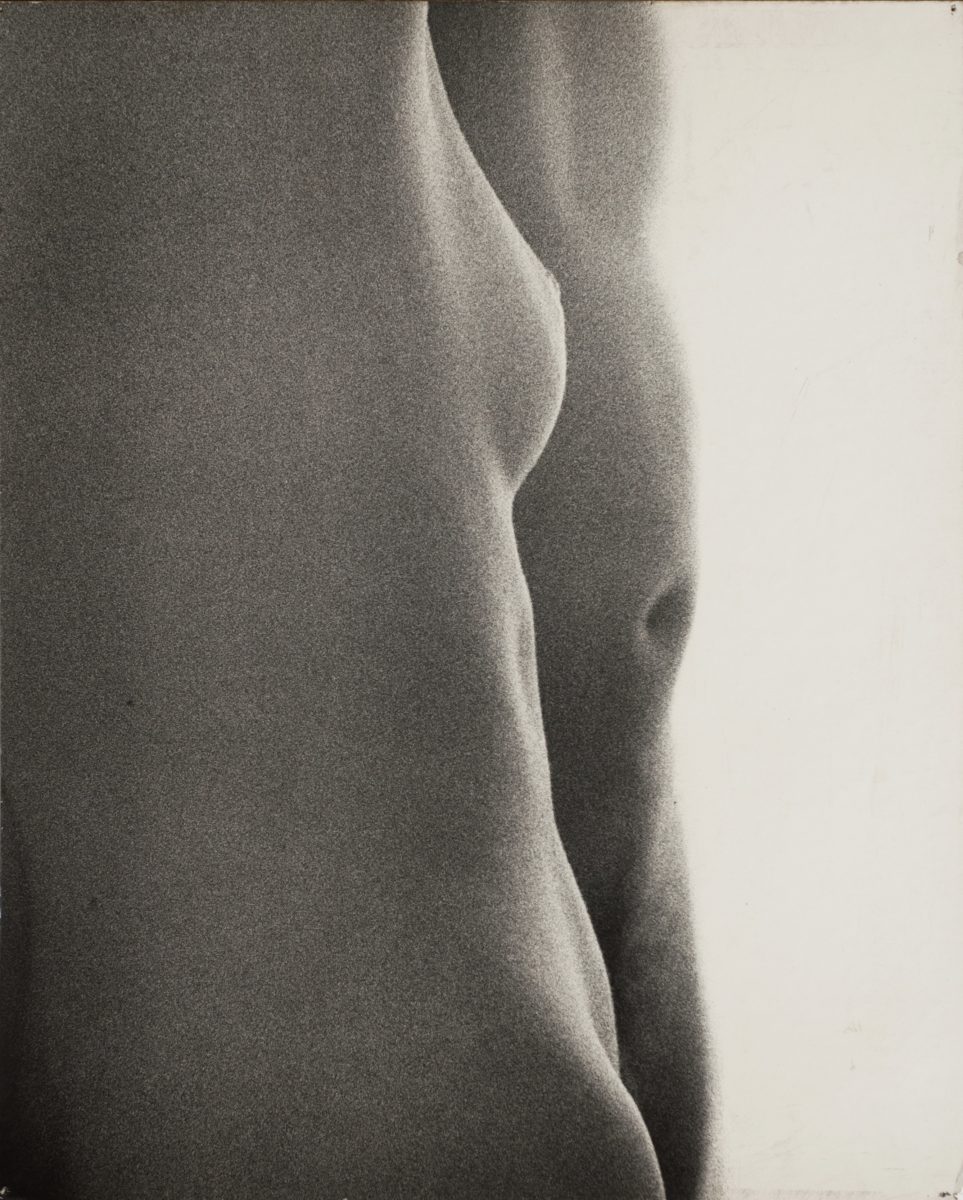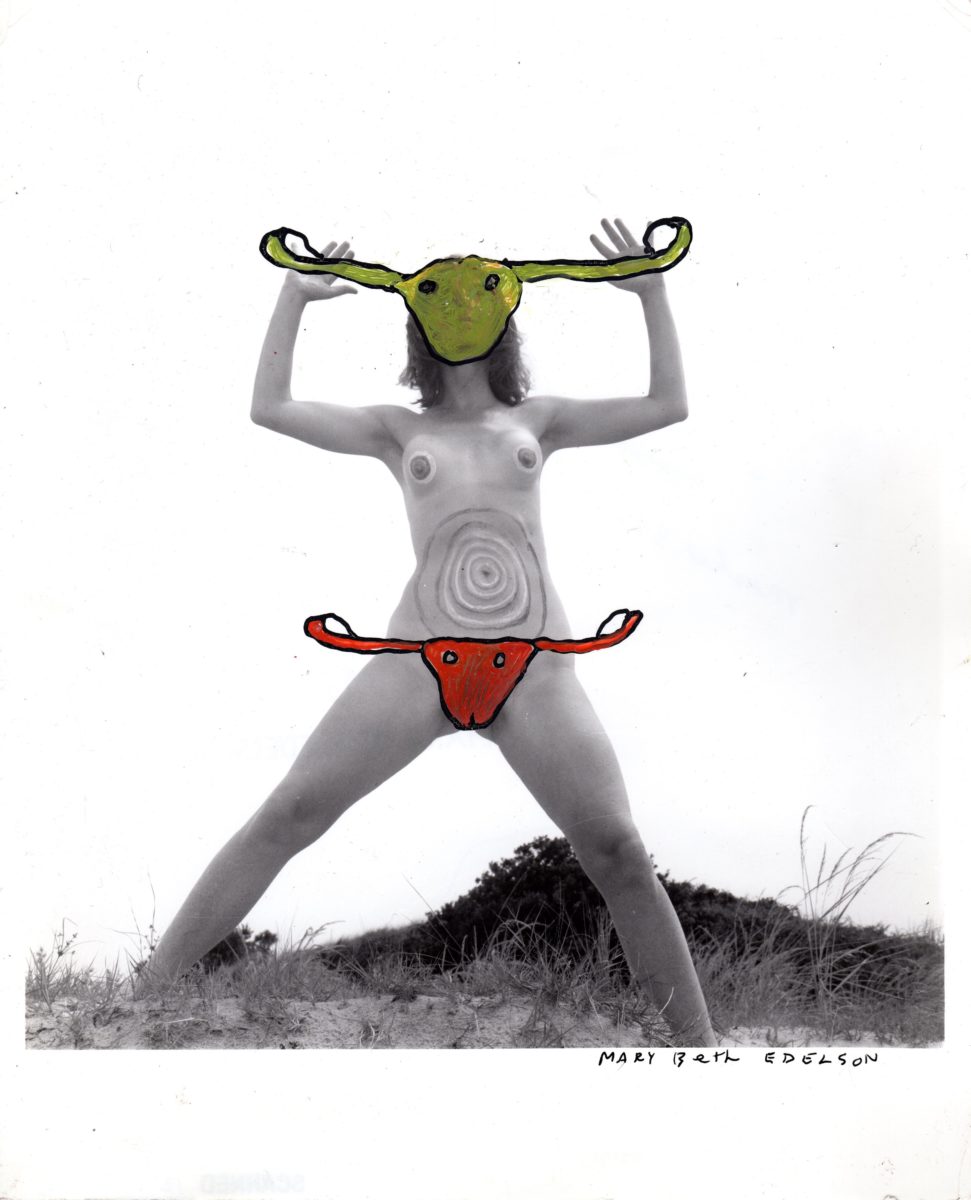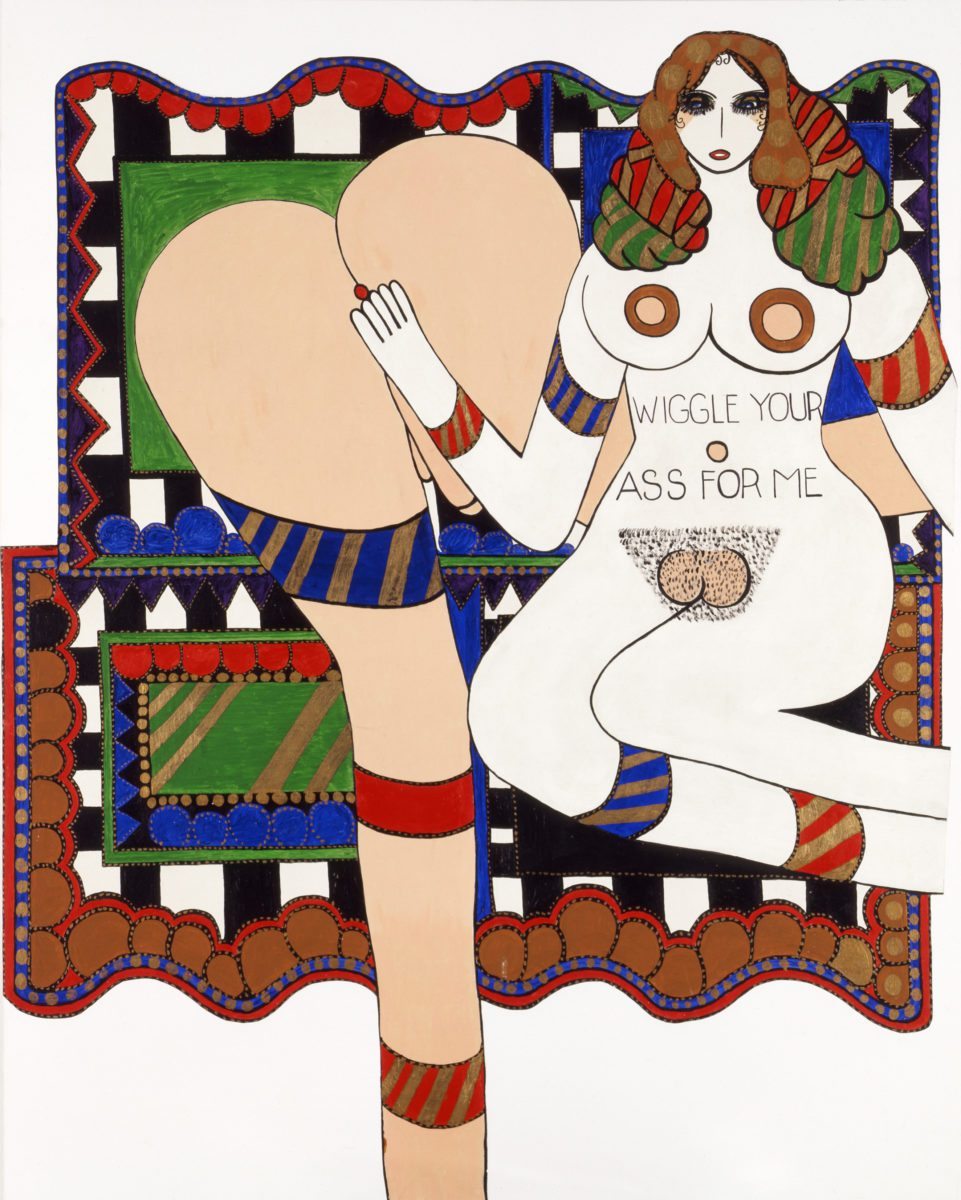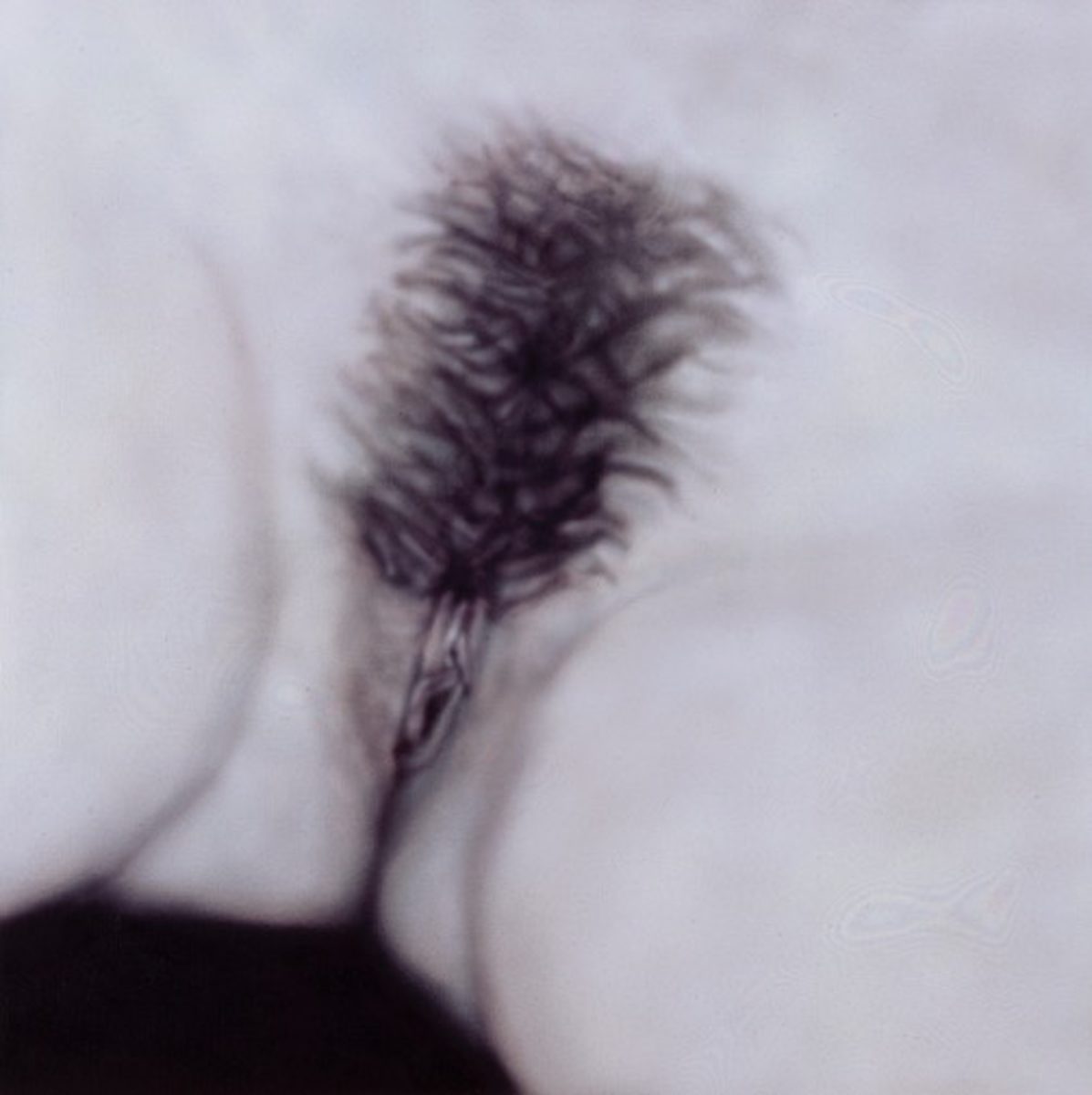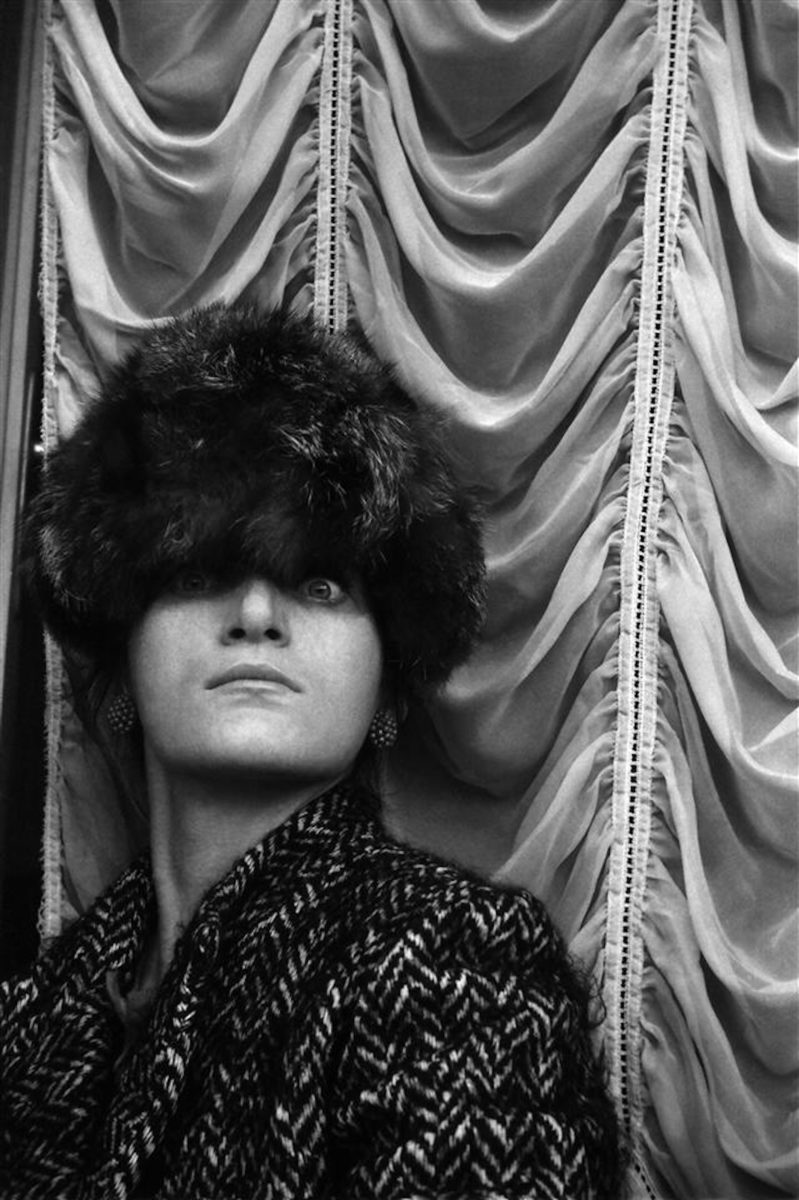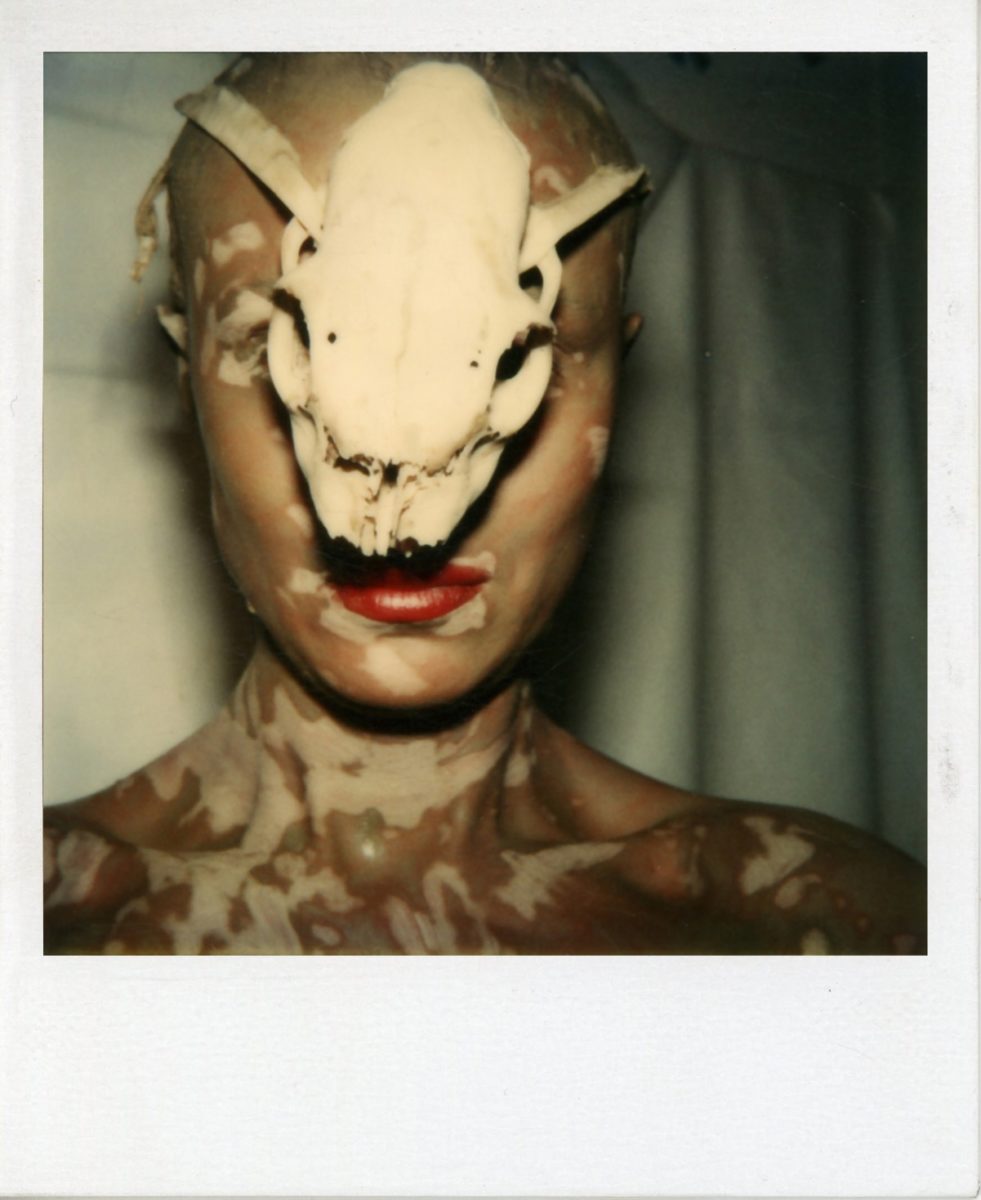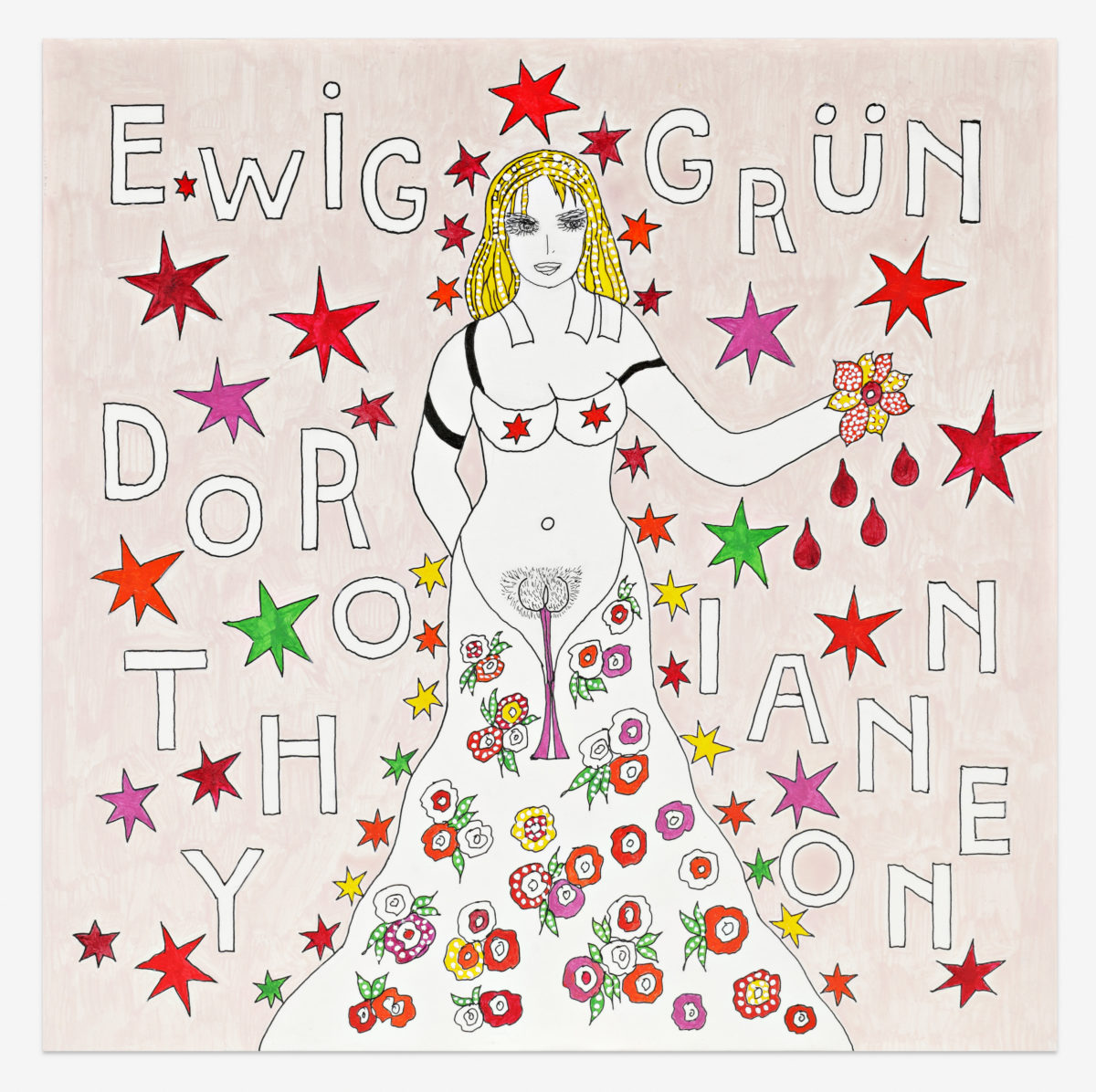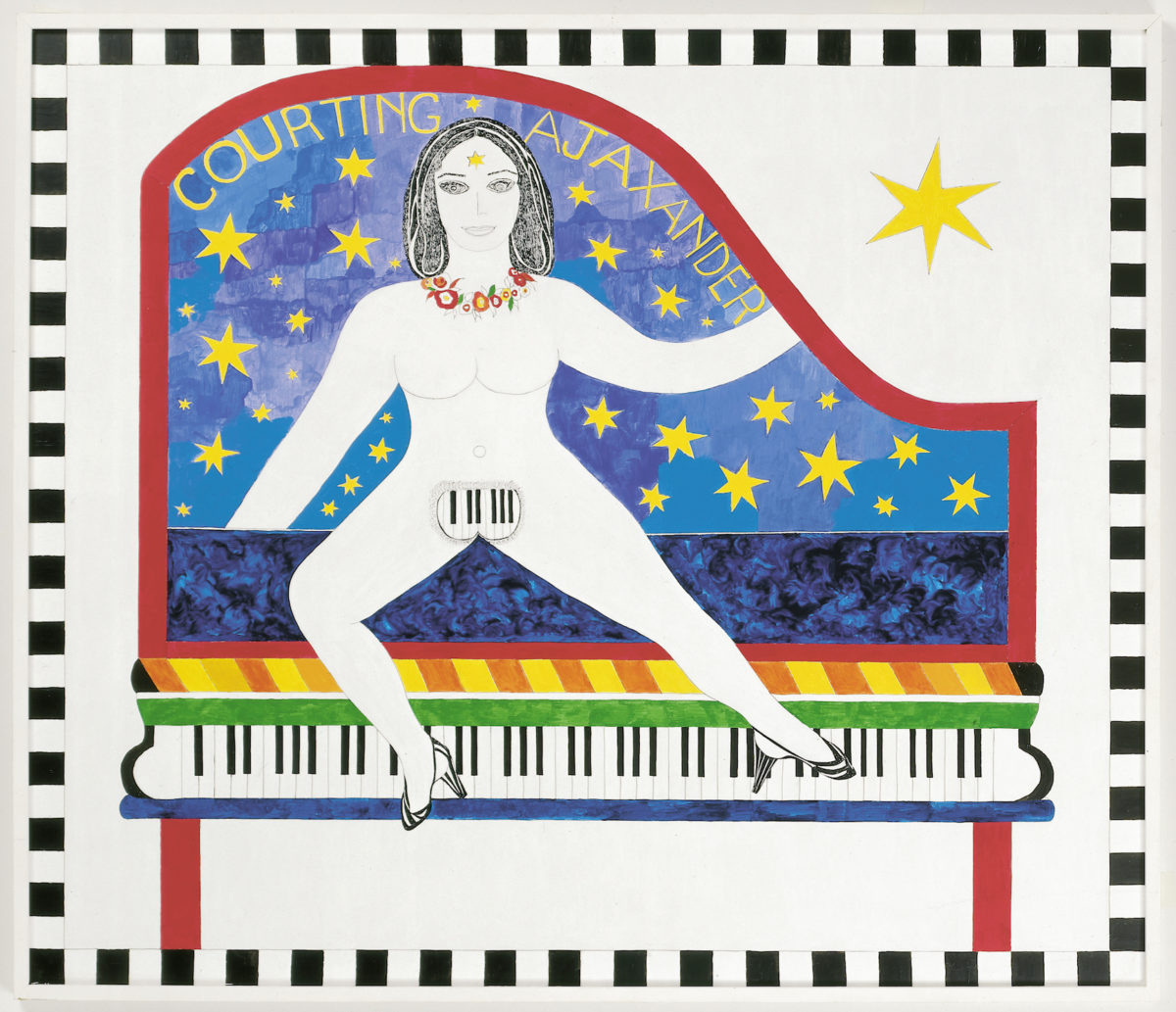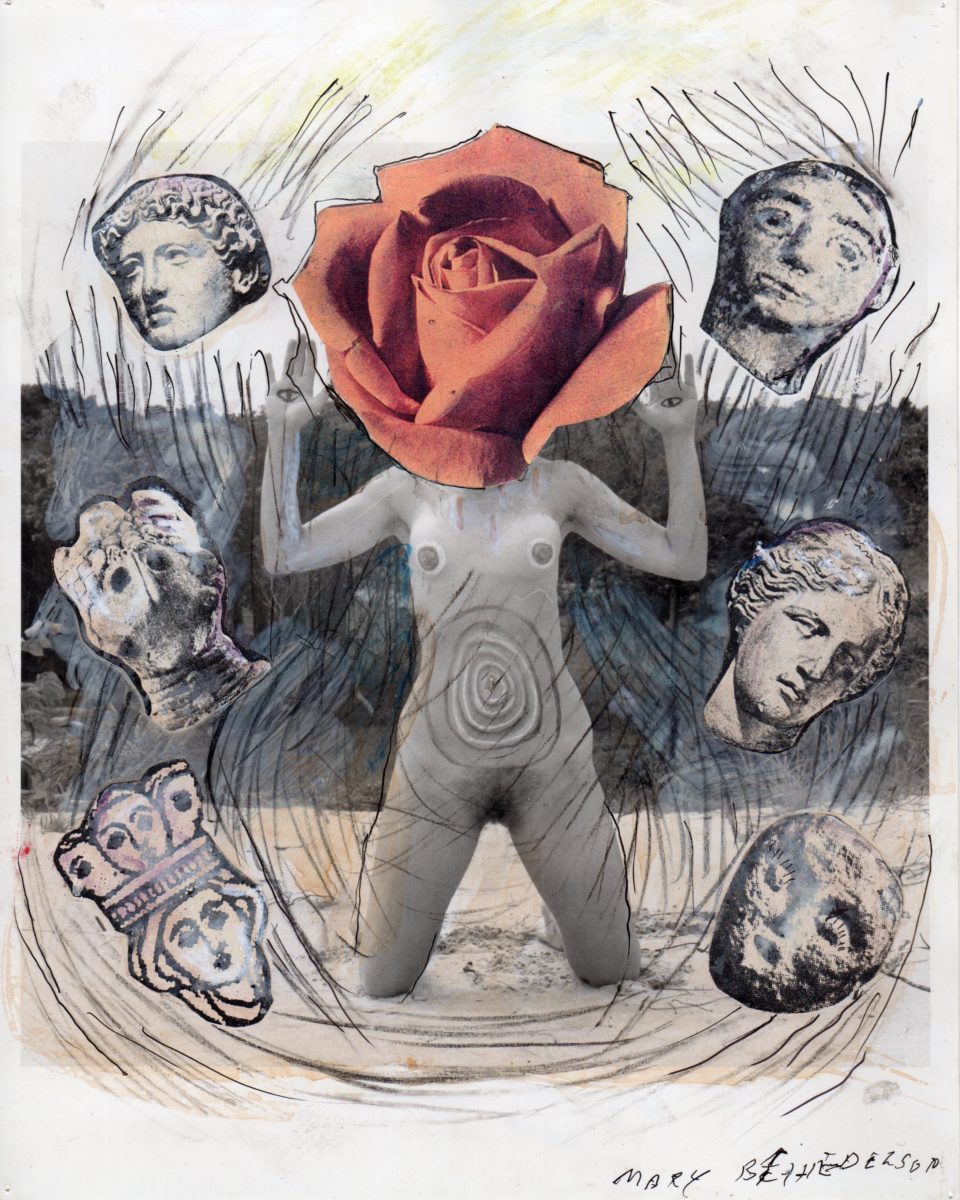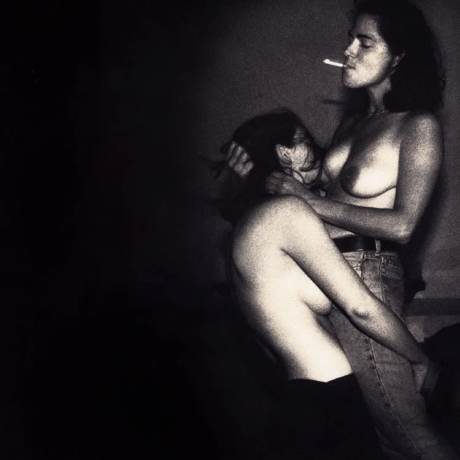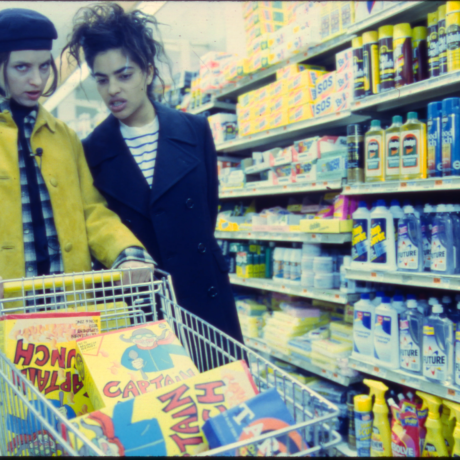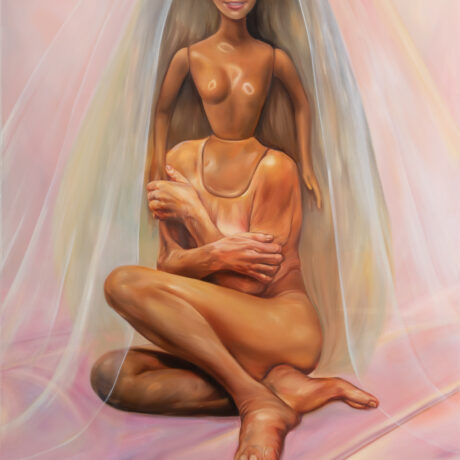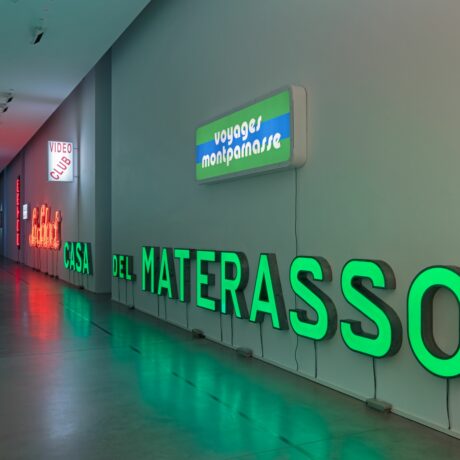“Good sex is when it brings an ecstatic sense of joy and happiness,” Renate Bertlmann told Elephant in a recent interview. Explorations of sex, sexuality, gender, identity, penises, vaginas and politics from a female-identifying point of view are all part of what you’ll see at Sex Work: Feminist Art & Radical Politics, a brand new section at Frieze London for 2017, curated by Alison Gingeras.
It’s taken the best part of the last fifty years for the f-word to become feminism. Sex Work proves that conversations around feminist art in the mainstream now are becoming more nuanced, and the place of artists who galvanized other ways of thinking about women (and men) in the 1960s and 1970s is finally being elucidated. The section features nine artists who were too controversial for both the art world and the feminist movement in their day and were pushed out of the museum narrative on feminism. Gingeras also asserts the place of galleries in supporting the work of artists who are not accepted by the mainstream. Those artists include painters like Betty Tompkins, seventy-two, known for her close-up cunts, and Marilyn Minter, sixty-nine, still making new work, who has been encouraging women to reclaim their own sex images since the sixties. “I think my paintings have less to do with so-called porn and more to do with freedom,” the artist said.
Feminism never disappeared, and it’s never been united. As is often the case with exhibitions on feminism and on women artists, the work here has almost nothing in common apart from the way it was sidelined over decades. But until that has been redressed, we need to talk about it. There was something special about these women of this era, and there’s something of their exuberance in the feminist art of today.
Frieze London runs from 5 to 8 October in Regent’s Park, London
friezeartfair.com
